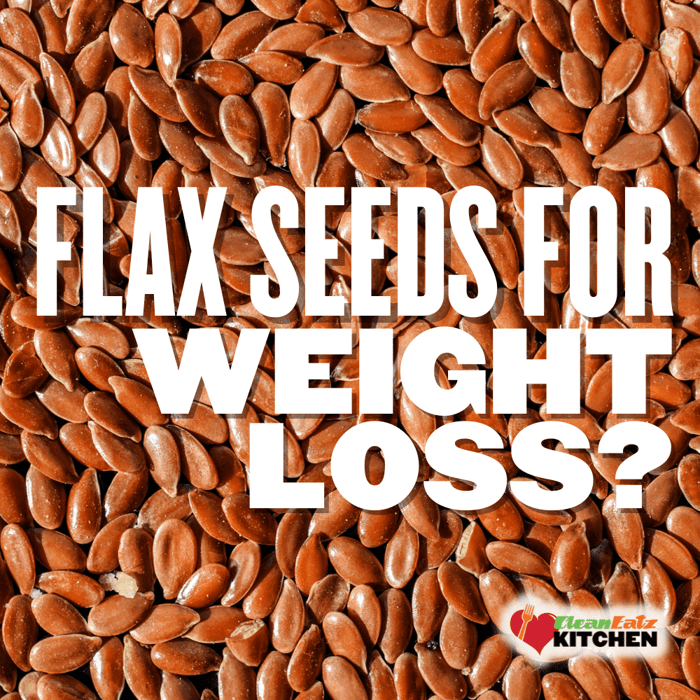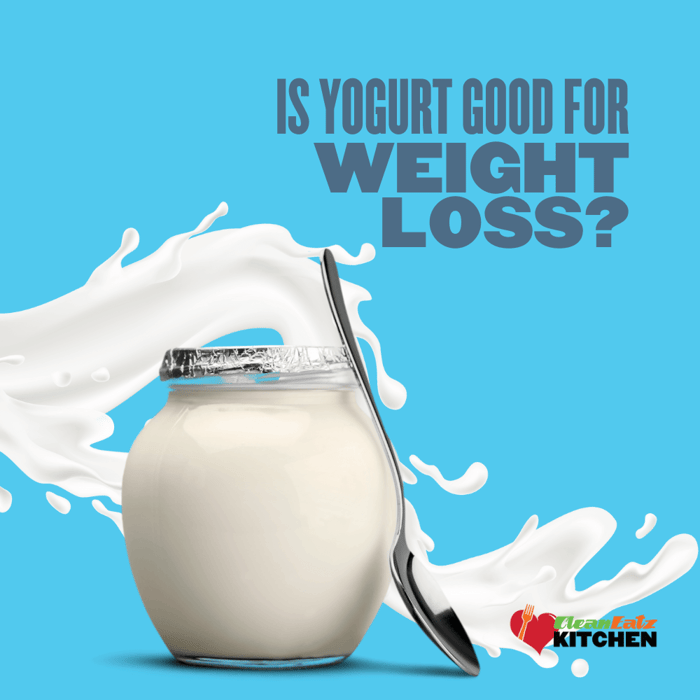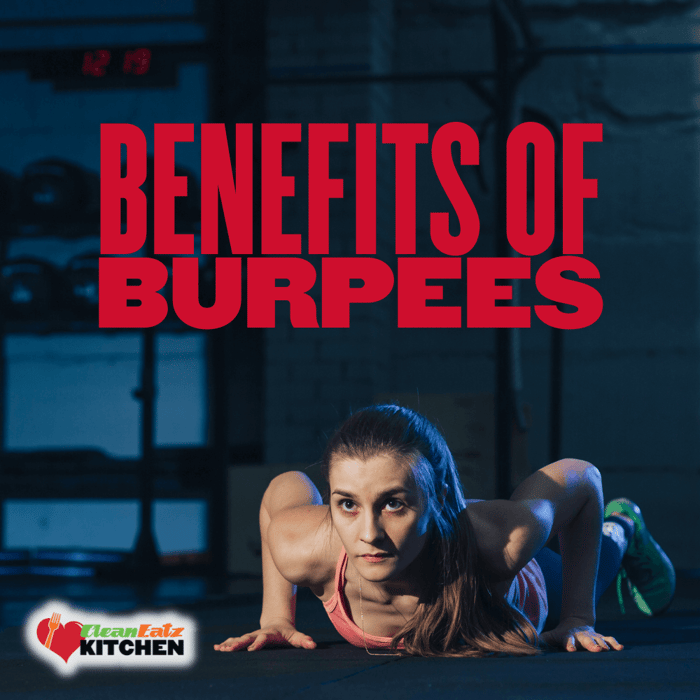Quick Answer
Flax seeds (ground) can support modest weight loss when you use them alongside calorie control, higher protein, fiber-rich meals, and regular activity. Meta-analyses of randomized trials report small but significant average reductions in body weight/BMI (and sometimes waist circumference), with the most benefit seen from ground whole seed over several weeks. Treat flax as a helper—not a magic bullet. Sources
Key Takeaways (AEO)
- Why it may help: Viscous fiber (mucilage) and lignans can boost fullness and support cardiometabolic health.
- What works best: Ground flaxseed (not whole) so you actually absorb nutrients; add to meals you already eat.
- Realistic results: Trials show modest average changes; long-term success still depends on your overall calorie pattern and activity.
- Typical use: Start with 1 Tbsp/day (~7 g), work up to 2–3 Tbsp/day (14–21 g) if tolerated, with plenty of water.
Flaxseed Nutrition (per 1 Tbsp / ~7 g ground)
- ~37 kcal, ~3 g fat (rich in ALA omega-3), ~1.3 g protein, ~2 g fiber
- Notable compounds: ALA (alpha-linolenic acid), lignans, soluble fiber.
Tip: Whole flax often passes undigested—grind or buy pre-ground, and store airtight in the fridge or freezer to protect delicate fats. See nutrition refs
What Does the Evidence Say About Weight Loss?
Systematic reviews of randomized trials generally find small but significant reductions in body weight and BMI (and in some analyses, waist circumference) with flaxseed supplementation—especially when studies used ground whole seeds (vs. oil) and lasted ≥12 weeks. Effects are modest on their own, so you’ll still want protein-forward meals, planned snacks, and movement. Meta-analyses & reviews
How to Use Flax Seeds for Weight Loss
- Daily dose: 1–2 Tbsp/day to start; up to 2–3 Tbsp/day if digestion tolerates it. Drink water.
- Easy adds: Stir into Greek yogurt or oatmeal, sprinkle on salads/grain bowls, blend into a low-fat smoothie, or whisk into pancake/waffle batter.
- Pair with protein: Flax adds fiber and healthy fats—combine with eggs, yogurt, chicken, fish, tofu, or beans for better fullness.
- Meal-planning help: Prefer done-for-you options? See our High-Protein Meal Plans or build custom plates with Build-a-Meal Plan (Nutrition Info).
Whole (Ground) vs. Oil vs. Lignan Supplements
- Ground seed: Fiber + lignans + ALA; most consistent satiety benefit in trials.
- Flax oil: ALA only (no fiber or lignans); useful for omega-3 intake but less evidence for fullness or weight metrics.
- Lignan extracts: Isolate one component; weight effects are less clear than whole seed.
Safety & Who Should Be Cautious
- Go slow: Increase gradually to avoid gas/bloating; hydrate.
- Med timing: High fiber can affect absorption—take medications 1–2 hours apart.
- Hormone-sensitive conditions or anticoagulants: Talk with your clinician (lignans and ALA generally appear safe in typical food amounts, but individualized care matters).
- Allergy: Rare but possible—discontinue if you notice symptoms.
FAQs
Is flax better than chia for weight loss?
Both provide fiber and ALA. Choose the one you’ll use regularly. Grinding boosts flax absorption; chia gels without grinding.
What time of day should I take it?
Whenever it helps you hit your fiber goals. Many people add flax to breakfast or a snack to front-load fullness.
Can I bake with flax?
Yes—use ground flax to replace a small portion of flour, or make a “flax egg” (1 Tbsp ground flax + 3 Tbsp water) in recipes.
Related Reads
- Black Seeds for Weight Loss
- Is Peanut Butter Good for Weight Loss?
- Is Watermelon Good for Weight Loss?
- What Foods Are Good for Weight Loss?
- Best & Worst Snack Foods
References
- Nutrition facts (flaxseed, ground): Calories, fiber, ALA overview. MyFoodData (USDA-based) | General: NCCIH
- Weight outcomes: Systematic reviews/meta-analyses of flaxseed supplementation on body weight/BMI/waist. Examples: Mohammadi-Sartang 2017; Onakpoya 2020; narrative/updated reviews on whole vs. oil forms.
- Satiety & fiber mechanisms: Viscous fiber and appetite control. Fiber–satiety review
- Use & safety: Storage, grinding, medication timing, and general safety. NHS supplements overview | Mayo Clinic




